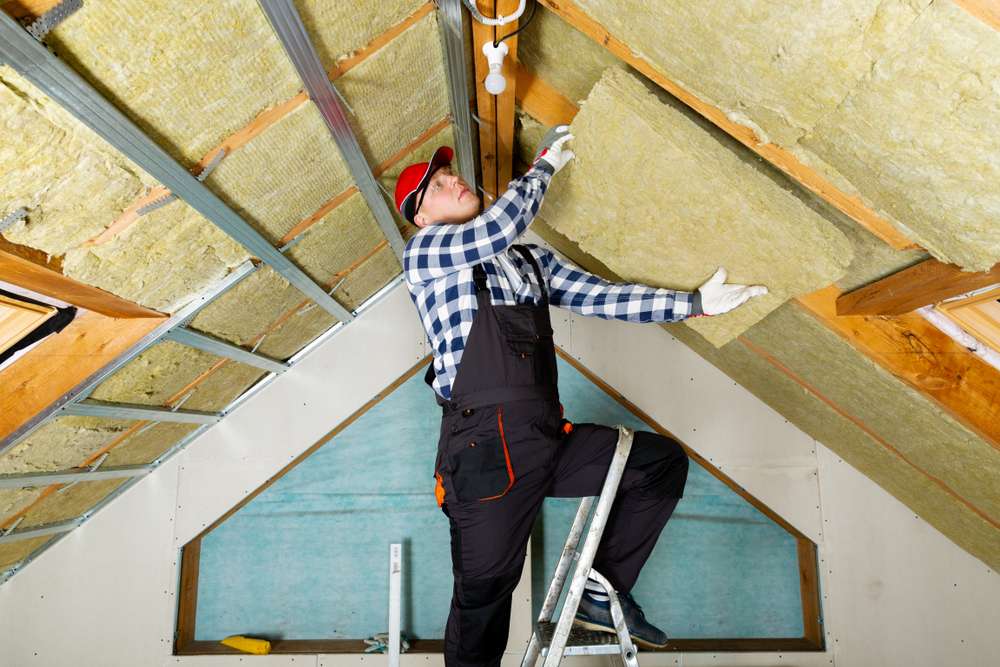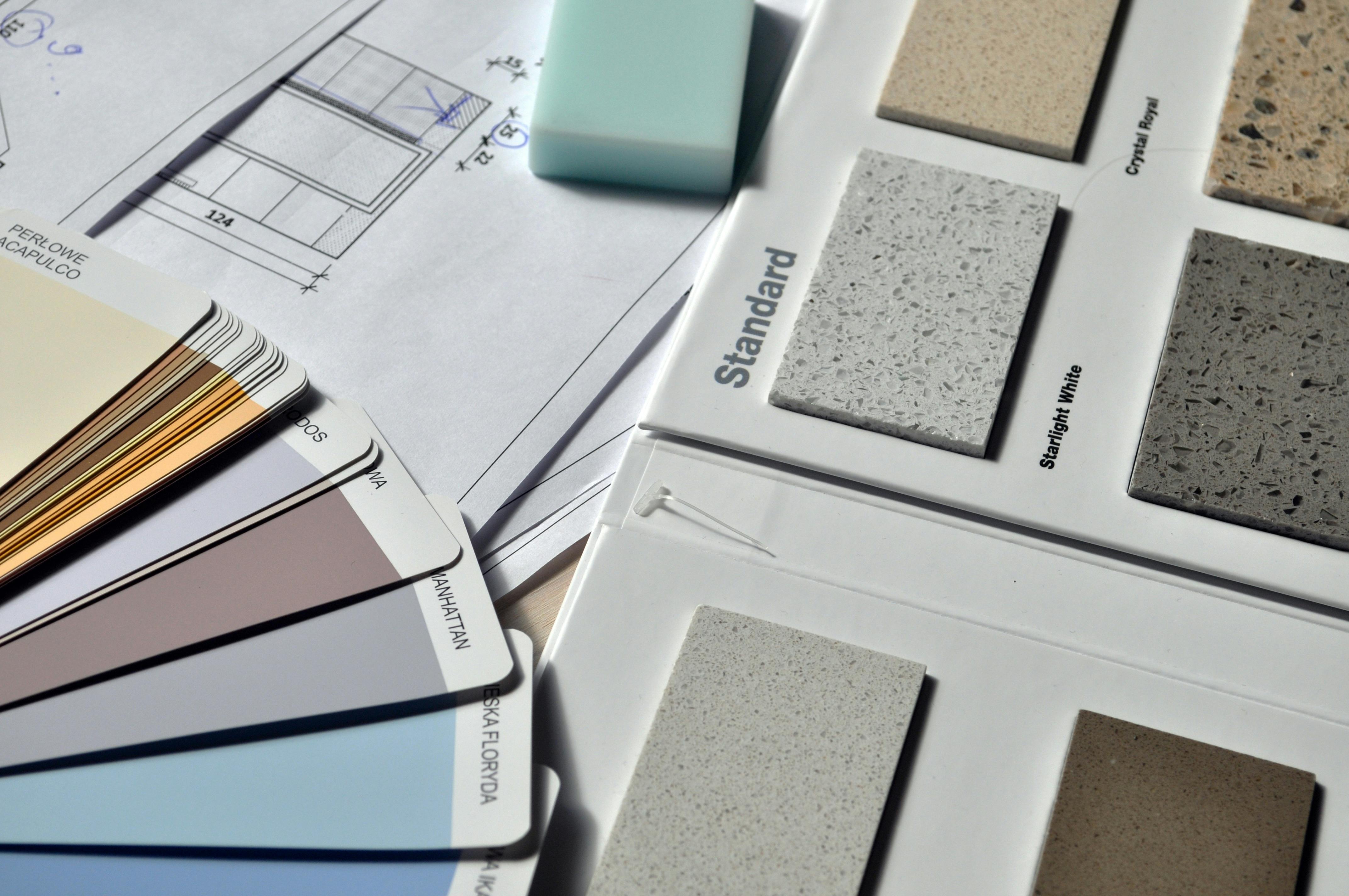7 Key Questions to Ask Before Buying and Installing a Sunroom—Answered Clearly
Thinking about adding a sunroom to your home? You’re not alone—thousands of homeowners search online every month for guidance before starting a project. The same seven questions come up again and again: What types of sunrooms are there? How much do they cost? What size should you choose? Do you need permits? How long does installation take? Which materials and glass are best? And what about warranties and maintenance? In this article, we’ll answer each of these questions in detail, using real search insights, so you can make confident choices when planning your new sunroom.

What Type of Sunroom Best Suits Your Needs?
Understanding the different types of sunrooms available helps you make an informed decision based on your climate, intended use, and budget. Three-season sunrooms typically feature single-pane windows and basic insulation, making them suitable for spring through fall use in most climates. All season room options include double or triple-pane windows, proper insulation, and HVAC connections, allowing year-round comfort regardless of weather conditions.
Screen rooms offer the most basic option, providing protection from insects while maintaining an outdoor feel. Solariums feature extensive glass surfaces for maximum natural light but require careful consideration of energy efficiency and temperature control.
How Much Should You Budget for Sunroom Addition Cost?
Sunroom addition cost varies significantly based on size, materials, foundation requirements, and local labor rates. Basic three-season rooms typically range from $15,000 to $35,000, while fully enclosed all-season rooms can cost between $25,000 and $80,000 or more. Factors affecting price include foundation work, electrical installations, HVAC extensions, and premium materials like energy-efficient windows or natural stone flooring.
Additional expenses often include permits, site preparation, and potential modifications to existing home structures. Budget an extra 10-20% beyond initial estimates for unexpected complications or upgrades discovered during construction.
Should You Consider a Prefab Sunroom Option?
Prefab sunroom kits offer potential cost savings and faster installation compared to custom-built options. These manufactured units come with pre-cut materials and detailed instructions, reducing labor costs and construction time. Quality prefab options include aluminum or vinyl frames with various glazing choices.
However, prefab sunrooms may have limitations in customization and might not perfectly match your home’s architectural style. Site conditions, local building codes, and foundation requirements can also complicate prefab installations, potentially negating some cost advantages.
How Do You Choose Qualified Sunroom Contractors?
Selecting experienced sunroom contractors requires thorough research and careful evaluation. Look for contractors specializing in sunroom installations with proper licensing, insurance, and local references. Request detailed portfolios showing completed projects similar to your vision.
Obtain multiple detailed quotes including materials specifications, timeline, and warranty information. Verify contractor credentials through local licensing boards and check Better Business Bureau ratings. Ask about subcontractor relationships and who will handle electrical, HVAC, or foundation work if needed.
| Sunroom Type | Cost Range | Installation Time | Key Features |
|---|---|---|---|
| Screen Room | $8,000-$20,000 | 3-7 days | Basic weather protection, insect screening |
| Three-Season | $15,000-$35,000 | 1-3 weeks | Single-pane windows, moderate insulation |
| All-Season Room | $25,000-$80,000 | 2-6 weeks | Full insulation, HVAC integration, year-round use |
| Prefab Kit | $10,000-$25,000 | 1-2 weeks | Standardized components, DIY or contractor install |
Prices, rates, or cost estimates mentioned in this article are based on the latest available information but may change over time. Independent research is advised before making financial decisions.
What Permits and Regulations Apply to Your Project?
Most sunroom installations require building permits, particularly when involving electrical work, foundation changes, or structural modifications to existing homes. Contact your local building department early in the planning process to understand specific requirements, setback restrictions, and inspection schedules.
Homeowners associations may have additional architectural guidelines or approval processes. Some areas have restrictions on sunroom size, height, or materials to maintain neighborhood aesthetics. Factor permit costs and approval timelines into your project schedule, as delays can affect contractor availability and seasonal installation preferences.
How Will a Sunroom Affect Your Home’s Energy Efficiency?
Energy efficiency considerations significantly impact both construction costs and long-term operating expenses. Proper insulation, energy-efficient windows, and appropriate HVAC sizing help maintain comfortable temperatures year-round while controlling utility costs.
Consider window orientation and local climate patterns when planning your sunroom layout. South-facing installations receive maximum winter sunlight but may require additional cooling capacity during summer months. Energy-efficient glazing options include low-E coatings, argon-filled double panes, and thermal break frames to minimize heat transfer.
What Maintenance Requirements Should You Expect?
Understanding ongoing maintenance requirements helps you make informed decisions about materials and design features. Aluminum frames require minimal maintenance but may show wear in coastal environments. Vinyl frames resist weather damage but can become brittle over time. Wood frames offer natural beauty but need regular staining or painting.
Window cleaning, weatherstrip replacement, and seasonal preparation represent typical maintenance tasks. Consider accessibility for cleaning exterior surfaces and plan for potential component replacement over your sunroom’s lifespan. Quality materials and professional installation reduce long-term maintenance requirements while protecting your investment.
Making an informed sunroom purchase requires careful consideration of these seven key questions, from understanding different room types and costs to selecting qualified contractors and planning for long-term maintenance. Taking time to research options, obtain multiple quotes, and understand local requirements ensures your sunroom project meets expectations while adding lasting value to your home.




